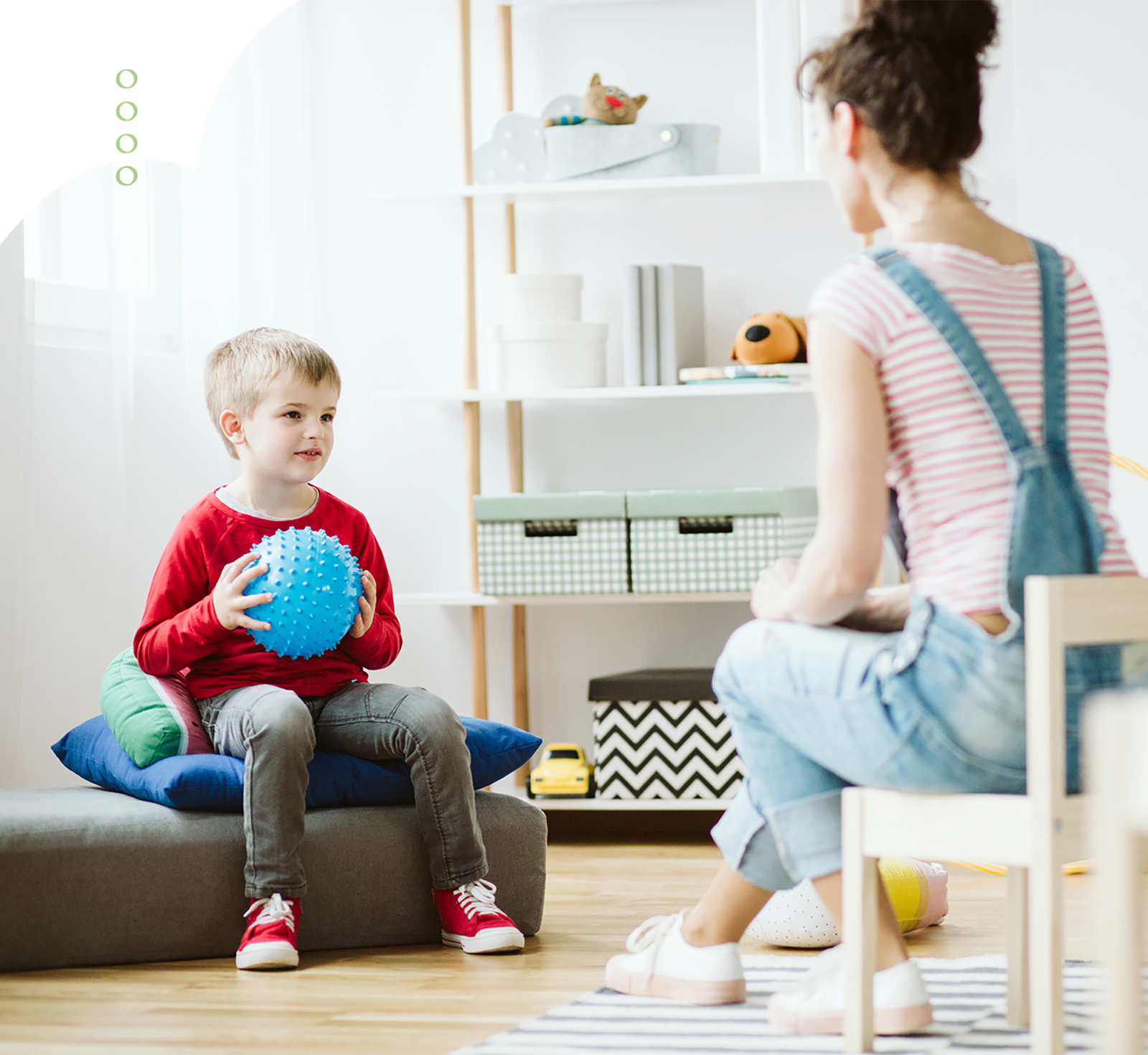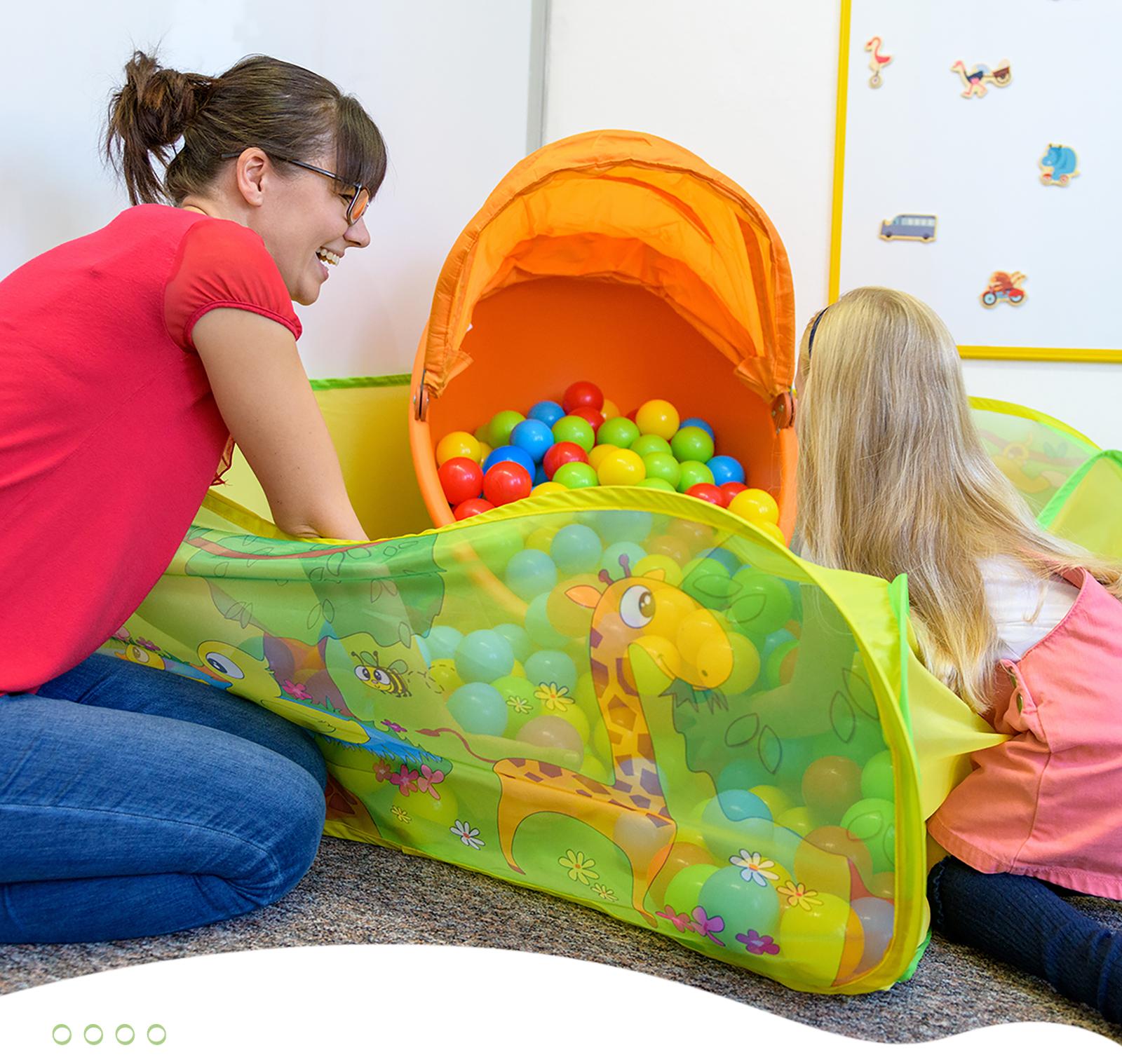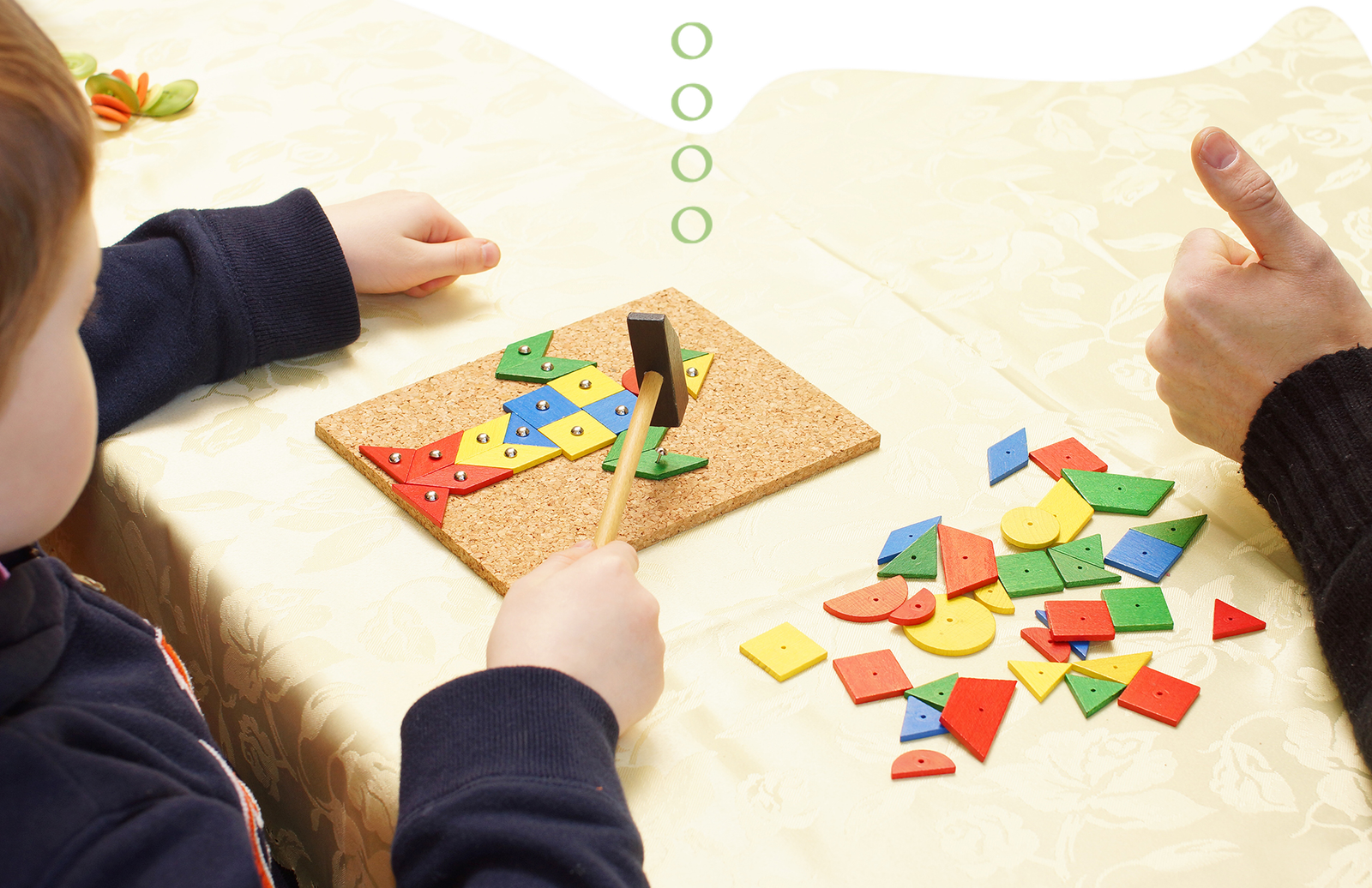Occupational Therapy
in Paediatrics
An assessment by a paediatric occupational therapist will identify and address the unique needs of the young person. Identifying areas of weakness will allow a specific plan to be made that helps the young person develop skills to perform their activities of daily living as independently as possible.
The Role of the Paediatric Occupational Therapist
One key aspect of the role of a paediatric occupational therapist is to identify and address the unique needs of each child. This may involve a comprehensive assessment of sensory processing skills (auditory, visual, tactile, vestibular / movement, and proprioception / body awareness), fine and gross motor skills, coordination, and visual motor skills. An assessment may help lead to a diagnosis of Developmental Coordination Disorder (DCD / Dyspraxia) or help to identify sensory processing, motor coordination, learning or developmental difficulties. Following assessment, activities to promote motor skills, coordination, and functional abilities are provided. Interventions may include activities to enhance muscle strength, joint stability, and sensory processing. In addition, your child may benefit from continued Occupational Therapy using a sensory integrative approach with a suitable service provider.

Occupational Therapy Assessment in Paediatrics
Assessment in Paediatric Occupational Therapy is crucial for understanding a child’s strengths and challenges. Various tools are used to evaluate a child’s motor skills, sensory processing, handwriting ability, cognitive and visual perceptual skills. This assessment helps identify specific areas of difficulty and can help target the development of skills required for everyday activities.
Occupational Therapy may be indicated if a child has not reached an age-appropriate level in the following areas:
Feeding, Grooming, Bathing, Dressing, Toileting
What to look out for:
- Puts clothes on backwards, shoes on the wrong feet, does things in an inefficient way.
- Difficulty using zips, buttons or managing laces.
- Disorganised with personal belongings, unable to plan tasks.
- Difficulty managing personal hygiene
Proprioception, Vestibular processing, Tactile, Auditory, Oral processing
What to look out for:
- Hyper/hypo sensitive to touch and textures.
- Constantly on the move with little regard for danger.
- Poor coordination and awareness of how to move and react in the environment.
- Discomfort from sound or vision that affects ability to function in certain environments.
- Trouble paying attention and focussing on activities.
Balance, Co-ordination, Postural control, Strength / tone
What to look out for:
- Difficulty running as fast and in a similar way to others.
- Difficulty with skills requiring use of both sides of the body (bilateral coordination).
- Can be described a s clumsy.
- Poor ball skills, delayed ability to learn new motor skills such as learning to ride a bicycle.
Pencil grasp, Tone, Manual dexterity, Fine motor skills, Manipulation
What to look out for:
- Difficulty holding and using writing / art tools.
- School age child who does not show hand dominance.
- Difficulty holding cutlery / managing buttons.
- Frequently drops items.
- Trouble cutting with scissors.
Visual perception, Hand eye coordination, Spatial relationships, Visual tracking
What to look out for:
- Difficulty copying form the board in school.
- Trouble with letter recognition and reproduction.
- Letter reversals
- Trouble orientating puzzle pieces.

Occupational Therapy Activities as Treatment
Following a comprehensive assessment, Occupational Therapy activities may include:
Strengthening activities: Targeting specific muscle groups to enhance joint stability.
Joint protection strategies: Teaching techniques to avoid overextending joints during activities.
Proprioceptive activities: This includes activities that provide feedback to improve body awareness and control.
Use of assistive devices: Handwriting tools can be beneficial for children with hypermobility by providing support and promoting better control during writing tasks. Some helpful tools include:
- Adapted pencils or grips: Ergonomic grips or modified pencils can assist in maintaining a proper grasp, reducing strain on hypermobile joints.
- Weighted pens or pencils: These tools can provide increased proprioceptive input, helping children with hypermobility have better control of their movements during writing.
- Sloped writing surface: Angled writing surfaces can encourage a more optimal wrist position, reducing stress on hypermobile joints and enhancing overall control.
- Textured surfaces /paper: Using paper with texture or incorporating textured surfaces can provide additional sensory feedback.
- Adapted seating: This might involve providing chairs with a suitable backrest, or different seating options to help maintain a stable posture during writing activities.

At McGowan Physio we also offer a unique service of assessment in the young adult (up to and including age 25). This service is particularly useful for people who suspect they have had difficulties with movement, sensory processing, coordination, or gross/ fine motor skills but were never formally assessed in their youth. Get in touch to find out more.
